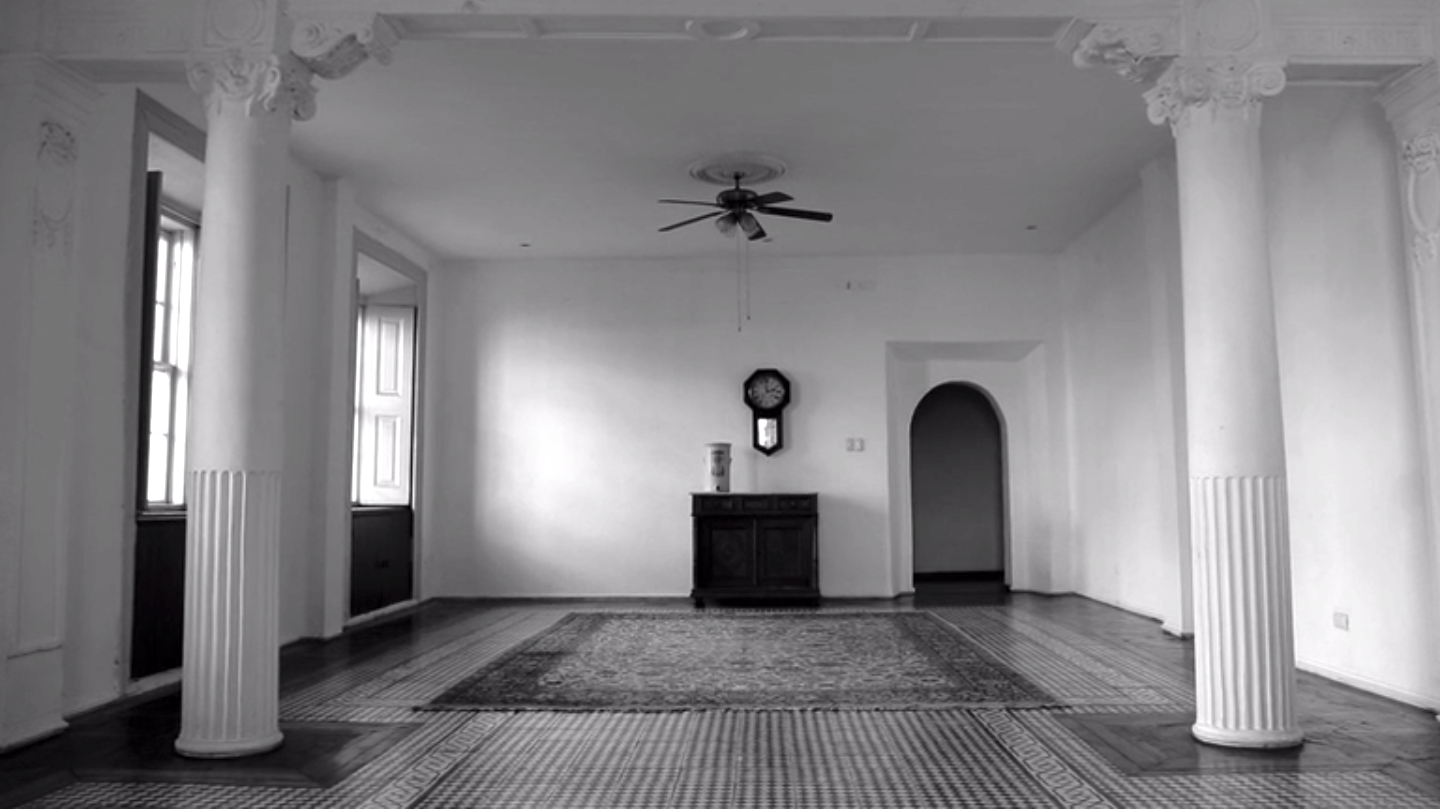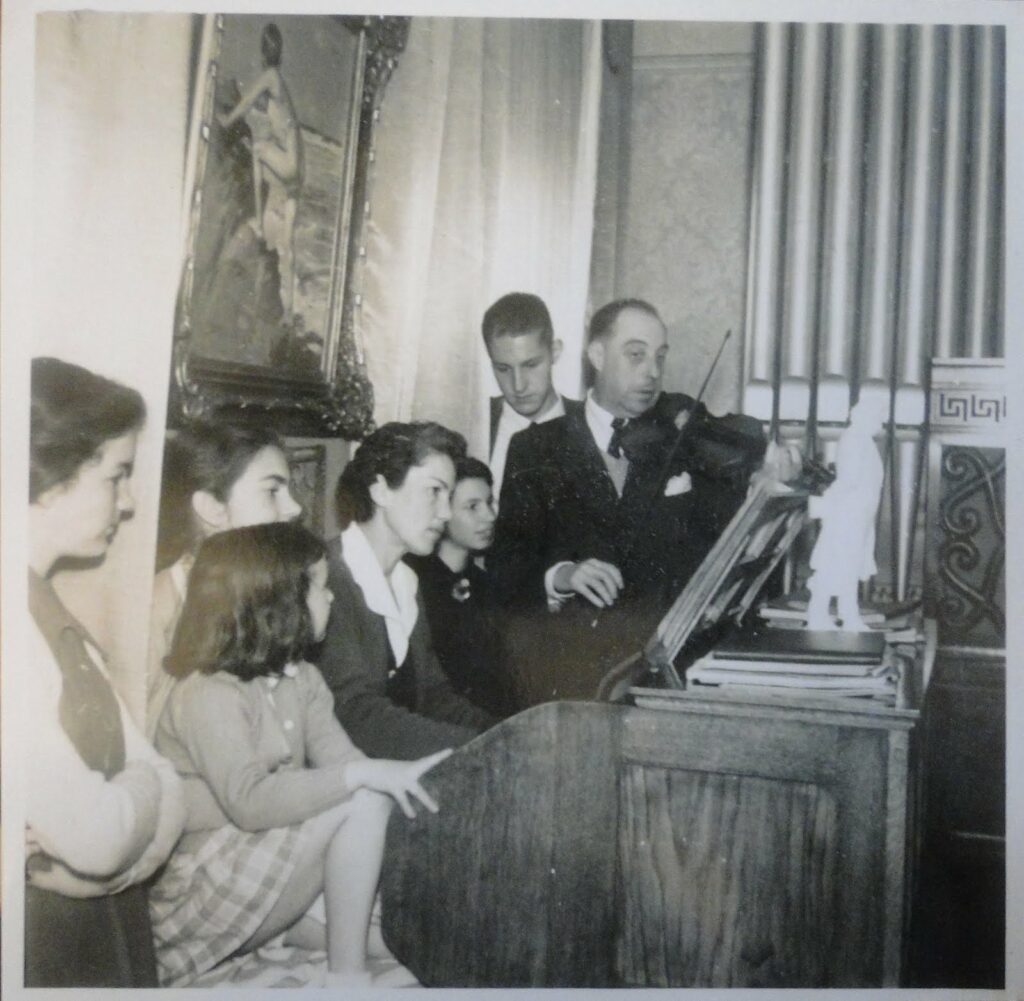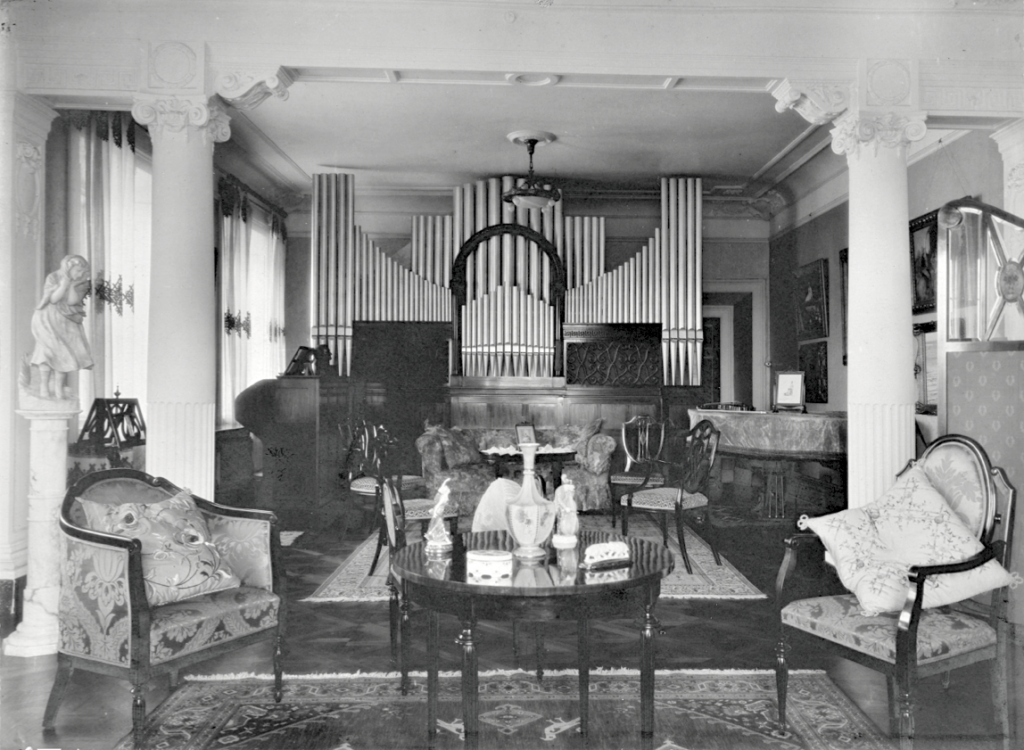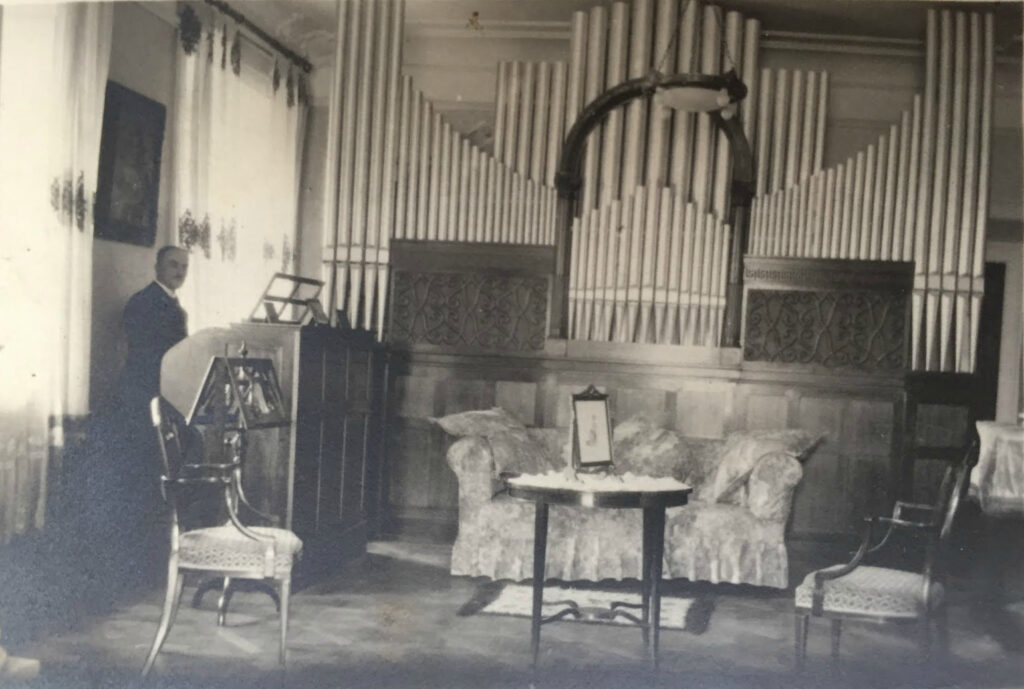The Music
Antoncich’s Monday recitals attracted internationally-renowned stars who came to play the exceptional collection of instruments he had put together

It was here that the original Monday evening recitals began in 1918. Initially these were modest enough events, with local musicians – trios and quartets, performing. But they were important events and one of the few regular live classical performances anywhere in Chile. For European immigrants in Valparaiso this was a unique opportunity to maintain a cultural bond with their country of origin, and an opportunity for Chileans to experience it too.
What Antoncich was creating in Valparaiso was mirroring the changes that were happening to classical music across the globe. The nineteenth century brought significant upheaval to Western societies. Democratic ideals and the Industrial Revolution swept through Europe and changed the daily lives of citizens.
“Don Antonio was a formal and elegant gentleman, in a shirt with a starched collar, gold chain watch across the chest, gray leggings, black ankle boots, walking stick and hat.” – José Pérez de Arce, “Don Antonio Antoncich, musical philanthropist. Valparaíso c. 1920,” Resonances, no. 23 (November 2008)
“In time, Antoncich’s Monday recitals would attract internationally-renowned stars – who often came to get an opportunity to play the exceptional collection of instruments he had put together. Guest musicians included the pianist María Dvorak, daughter of the composer, Claudio Arrau, Willy Burmester and many chamber ensembles including the London String Quartet. These instruments, some of the finest being crafted in Europe at the time, were bought during frequent trips to London in the 20s and 30s.“Soon Antonich’s home became the unofficial concert hall of Valparaíso and, with very few exceptions, put on live concerts every Monday evening between 1918 and 1937.”
“Soon Antonich’s home became the unofficial concert hall of Valparaíso and, with very few exceptions, put on live concerts every Monday evening between 1918 and 1937.” – Jason Price, Antonio Antoncich, Tarisio.com
In addition to recitals, Antoncich started to travel to Europe to buy coveted instruments, eventually putting together the largest collection of privately owned classic music instruments in South America. Antoncich retained an interest in and affection for European culture – his suits were tailored in London, and he read English news magazines.
In time, Antoncich’s Monday recitals would attract internationally-renowned stars – who often came to get an opportunity to play the exceptional collection of instruments he had put together. These instruments, some of the finest being crafted in Europe at the time, were bought during frequent trips to London in the 20s and 30s.
The recitals and Antoncich’s role as a patron of music in the city began attracting attention from local civic leaders and from the press:
“Many music-loving people would go to walk in the street, in front of the living room windows to listen. The street of Miramar, with a steep slope, made it possible to hear from the windows that opened for the occasion, so that it could be heard from outside and at the same time to avoid the confinement of the room. Numerous German and foreign neighbors came with their shawls, and they had their favorite places. The silence of the hill, which continues to this day, was even greater then, barely disturbed by the slow tread of the horses on the stone pavement.” – El Mercurio,Valparaiso (Monday, January 31) 1927
“Music was played from 9:30 at 12:00 at night. Then they went to the dining room where Don Antonio offered a “tea with many sweets in the dining room […], a fountain full of the most exquisite Ramis Clair cakes, there were chocolate ‘soaps’ black, white and pink, powdered, lemon cups, a thousand leaves of chocolate and cream, chocolate ‘hedgehogs’, almond ‘potatoes’ ”. – José Pérez de Arce, “Don Antonio Antoncich, musical philanthropist. Valparaíso c. 1920,” Resonances, no. 23 (November 2008)
But the salon at Miramar was about to see its most remarkable new addition, in the middle of 1924. That was when he imported a custom-made pipe organ from the Gebrüder Link firm in Germany. A German technician arrived from Buenos Aires to install the meters of tubes and pipes. Antoncich had it installed in his music room.
If the Bergonzi violin’s arrival a year earlier elevated the status of the recitals then the arrival of the organ enhanced them even further. As Arce notes,
‘The installation of the organ promoted the hall to a new status, allowing the generation of the best music in a wide repertoire. Sometimes the organ replaced the orchestra, as it did with the Violin Concertoin A by Vivaldi, in another the Unfinished Symphony by Schubert was played accompanied by piano and organ. Social activity increased. The sporadic visits drawn by the hall’s fame continue’. – José Pérez de Arce, “Don Antonio Antoncich, musical philanthropist. Valparaíso c. 1920,” Resonances, no. 23 (November 2008)
The recitals at Miramar continued for 20 years from 1918-1937. Antoncich kept meticulous accounts of the instruments he bought and the recitals performed at the house and which musicians were in attendance. Among those who visited to play at Miramar during that time were the pianist Maria Dvorak, the niece of the Czech composer, famed musicians Claudio Arrau and Willy Burmester, and many chamber ensembles. On June 27, 1926, Antoncich hosted the London String Quartet who were touring South America.
He was devoted to his music, his recitals and his instruments. In time, and as he aged, this vast and coveted collection of instruments was something of a burden for Antoncich.
“When he came home from work he would go up to the room with the violins, take them out one by one, and place them in order on the bed. He would open the box, take out the instruments, and look at them for a while. He cleaned it with suede leather. And immediately he would tune it and put it away and continue with the other.” – José Pérez de Arce, “Don Antonio Antoncich, musical philanthropist. Valparaíso c. 1920,” Resonances, no. 23 (November 2008)
He fretted over how best to maintain them from humidity, decay and theft.
He began to suffer from Parkinson’s in his later years and Amanda, his wife, died suddenly in 1941. Although he had hoped that some of his children might assume an interest in carrying on the musical tradition, this turned out not to be the case. As Parkinson’s developed it seems that Antoncich began the process of selling some of his instruments.
Contact Info
Owner
Email: mulhollandjohnf@gmail.com
(Click email address to open)
For sale inquiries contact:
Conrado González
Jefe Comercial de Valparaíso | Nuevos Negocios
Email: conrado.gonzalez@colliers.cl
(Click email address to open)
Mobile +56 9 7644 0630
El Regidor 66, piso 12 | Las Condes – Santiago | Chile
 HOME
HOME

